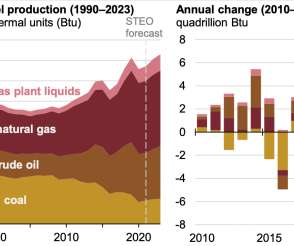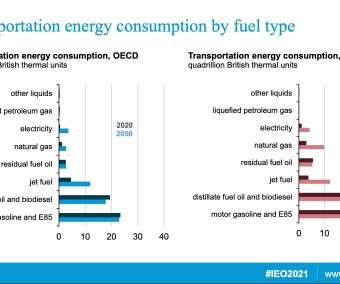EIA forecasts US fossil fuel production to reach new highs in 2023
Green Car Congress
JANUARY 23, 2022
After declining in 2020, the combined production of US fossil fuels (including natural gas, crude oil, and coal) increased by 2% in 2021 to 77.14 Crude oil accounted for 30%, coal for 15%, and natural gas plant liquids (NGPLs) for 9%. In 2020, US coal production had fallen to its lowest level since 1964.
























Let's personalize your content